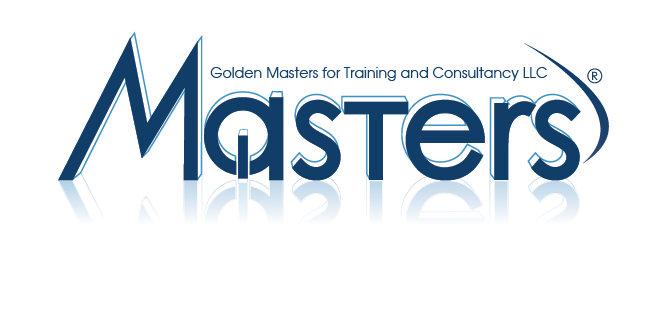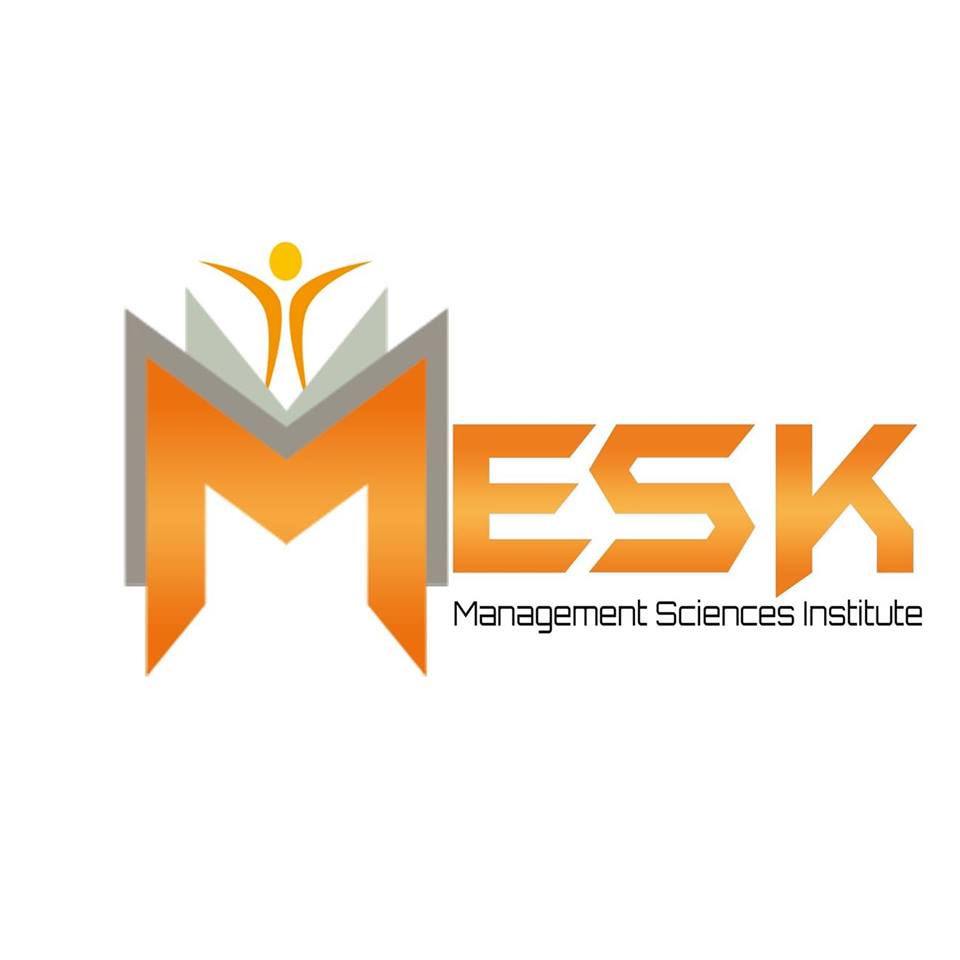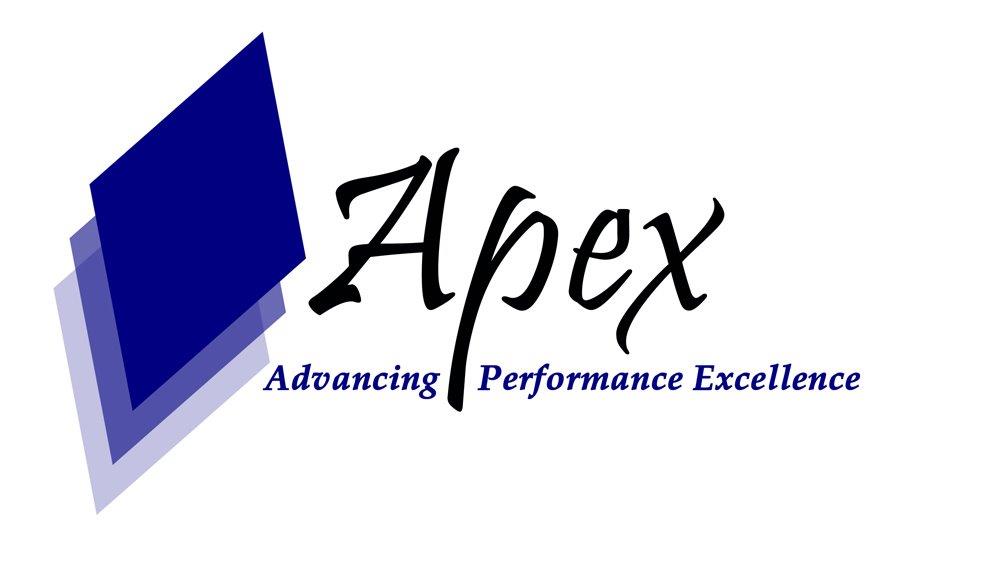Course Description
Power plant produce electricity by converting chemical energy contained in fuel into thermal energy in steam; by converting the thermal energy in the steam into mechanical energy in the turbine/generator into electrical energy.
One of the critical steps in this process, the conversion ofThermal energy into mechanical energy, takes place in the Turbine sections of the turbine/generator. Plant operators are responsible for maintaining proper turbine operation to insure that the energy conversion takes place safely and efficiently.
In power stations today, different types of turbines are used in a series, e.g. one high pressure, two medium and four low Pressure turbines. This coupling leads to an excellent efficiency (over 40%), which is even better than the efficiency of large diesel engines.
This characteristic and theRelatively favorable production makes the steam turbine Competition less in power stations. Coupled with a generator and fired by an atomic reactor, they produce enormously much electric current. The strongest steam turbines achieve today performances of more than 1000 Megawatts.
Course Objective:
In this course you will be learning the basic types of turbines and more information concerning turbine construction. A general overview of the turbine and its component operating principles will be presented.
Also, provides the participants with thorough understanding of the design and construction of Steam Turbine, and improve their capabilities and skills in operating, maintaining and control Steam turbine in their plants through discussion the operation procedures and maintenance practices Necessary to keep them operating efficiently and safely.
Course Outline
CHAPTER (1): STEAM
1.1 Basic Steam Theory
1.1.1 Steam Uses
1.1.2 Steam Pressure
1.1.3 Water Vapor and Steam
1.2 Steam Heat
1.2.1 Sensible Heat of Steam
1.2.2 Latent Heat of Steam
1.2.3 Total Heat of Steam
1.3 Energy
1.3.1 Mechanical Energy
1.3.2 Potential Energy
1.3.3 Kinetic Energy
1.3.4 Electrical Energy
CHAPTER (2): STEAM TURBINE COMPONENTS
2.1 Steam Turbine Theory
2.1.1 Impulse Principle
2.1.2 Reaction Principle
2.2 Steam Flow Through the Turbine
2.2.1 Axial Flow
2.2.2 Radial Flow
2.3 Turbine Classification
2.3.1 According to Steam Pressure
2.3.2 According to Physical Arrangement
2.3.3 According to Reheat Steam
2.3.4 According to Steam Flow
2.3.5 According to Condensing /Non-Condensing
2.4 Turbine Cylinders
2.3.1 Arrangement of Cylinders
2.3.2 Cylinder Joints
2.3.3 Double Shell H.P Casing
2.3.4 L.P. Cylinder and Exhaust
2.3.5 Rupture Disks (Relief Diaphragms)
2.3.6 Turbine Expansion and Constriction
2.5 Turbine Rotor
2.5.1 Drum Rotor
2.5.2 Disc Rotor
2.5.3 Solid Forged Rotor
2.5.4 Welded Rotor
2.6 Turbine Blades
2.6.1 Impulse Type Blading
2.6.2 Reaction Type Blading
2.6.3 Blades Sealing
2.7 Dummy Pistons
2.7.1 Reason for using Dummy Pistons
2.7.2 Balancing the Thrust (Balancing Line)
CHAPTER (3): STEAM TURBINE ACCESSORIES
3.1 BEARNINGS
3.1.1 Journal Bearing
3.1.2 Thrust Bearing
3.2 LUBRICATION SYSTEM
3.2.1 Lube Oil Reservoir
3.2.2 Lube Oil Pumps
3.3 COUPLINGS
3.3.1 Flexible Coupling
3.3.2 Solid Coupling
3.4 SHAFT GLAND SEAL
3.4.1 Carbon Gland Seal
3.4.2 Labyrinth Gland Seal
3.4.3 Water Gland Seal
3.5 GLAND EXHAUST SYSTEM
3.5.1 Gland Steam Condenser
3.5.2 Gland Exhaust Blower
3.6 BARRING GEAR (TURNING GEAR)
3.6.1 Arrangement of Barring Gear
3.6.2 Jacking Pump
3.7 OTHER SUPPORT PARTS
3.7.1 Cross Over
3.7.2 Turbine Anchor
3.7.3 Vacuum Breaker
3.7.4 Turbine Extraction Points
3.7.5 Exhaust Hood Cooling System
3.7.6 Turbine Steam Drains
CHAPTER (4): STEAM TURBINE VALVES AND CONTROLS
4.1 TURBINE VALVES
4.1.1 Main Stop Valves
4.1.2 Control Valves
4.1.3 Main Stop and Control Valves during Startup
4.1.4 Reheat Stop and Intercept Valves
4.2 TURBINE CONTROLS
4.2.1 Turbine Control Valves
4.2.2 Hydraulic Actuators and Pilot Valves
4.2.2.1 Mechanical Governors
4.2.2.2 Hydraulic Governors
4.2.2.3 Electronic Governors
4.2.2.4 Speed Changers
4.3 TURBINE INSTRUMENTATION
4.3.1 Vibration Monitoring
4.3.2 Expansion and Contraction Monitoring
4.3.3 Eccentricity
4.3.4 Speed Monitoring
4.4 TURBINE PROTECTIONS
4.4.1 Turbine Trips
4.4.2 Overspeed Mechanisms
4.4.3 Manual Trips
4.4.4 Testing Overspeed Mechanisms
4.4.5 Lubricating Oil Protection System
4.4.6 Thrust Bearing Protection System
4.4.7 Low Vacuum Protection System
4.4.8 High Vibration Protection System
4.4.9 Solenoid Trip Mechanisms
CHAPTER (5): STEAM TURBINE OPERATION
5.1 INTRODUCTION
5.2 PREPARTIONS FOR STEAM FLOW
5.2.1 Turbine Lubricating System
5.2.2 Starting and Engaging the Turning Gear
5.2.3 Opening Turbine Drains and Sounding out the Turbine
5.2.4 Sealing and Pulling Vacuum
5.2.5 Resetting the Turbine Steam Valves
5.3 TEMPERATURE AND SPEED INCREASES
5.3.1 Warming up a Turbine
5.3.2 Conditions Monitored During Turbine Warm up
5.3.3 Brining a Turbine up to Speed
5.3.4 Operator Responsibilities During Speed Raising Process
5.4 LOAD CHANGES AND THE TRANSFER POINT
5.4.1 Increasing Load
5.4.2 Transferring Control from the S. Valve Bypass to Ctrl Valves
5.5 TURBINE UNDER LOAD
5.5.1 Important Lubricating Oil Temperature
5.5.2 Low Condenser Vacuum
5.5.3 Water Induction
5.6 TURBINE SHUTDOWN
5.6.1 Shutting Down a Turbine for Maintenance
5.6.2 Other Shutdown Conditions
CHAPTER (6): STEAM TURBINE MAINTENANCE
6.1 TURBINE OVERHAUL
6.1.1 Frequency of Overhaul
6.1.2 Regular Serving
6.2 MAINTENANCE PLANNING
6.2.1 Turbine Overhaul Programs
6.2.2 At National Level
6.2.3 At Regional Level
6.2.4 At The generating Station
6.2.5 Advance Planning
6.3 TURBINE ANNUAL MAINTENANCE
6.3.1 Inspection of Bearings
6.3.2 Oil Clearance
6.3.3 Thrust Bearing Inspection
6.3.4 Shaft Alignment
6.3.5 Steam Control and Emergency Valves
6.4 TURBINE MAJOR OVERHAULS
6.4.1 Inspection and Planning
6.4.2 Casing Fastenings
6.4.3 Running Clearance
6.4.4 Rotor Removal
6.4.5 Inspection of Other Equipment
6.4.6 Radial Clearance
6.4.7 Replacement of Rotors





